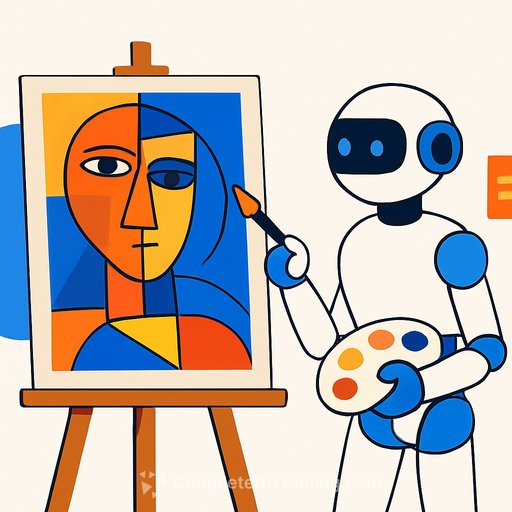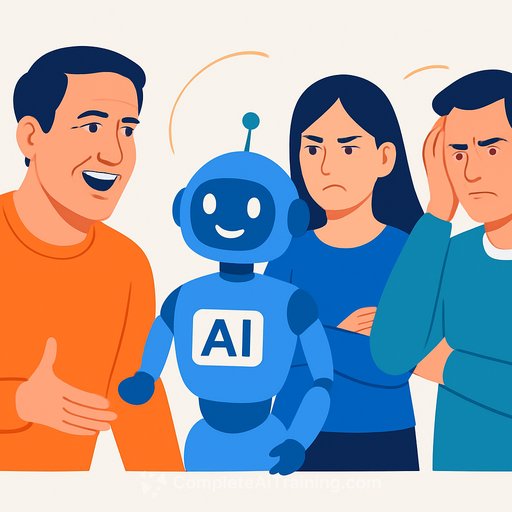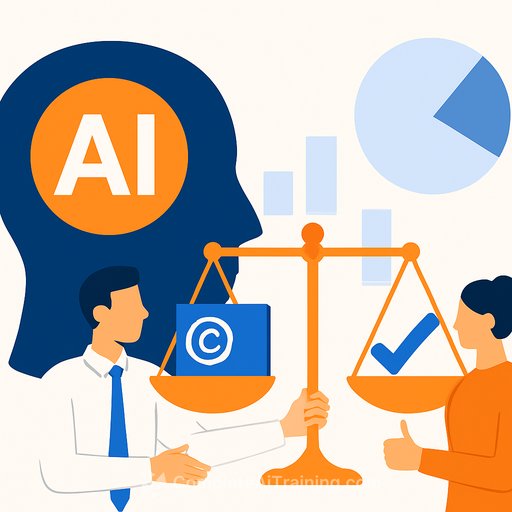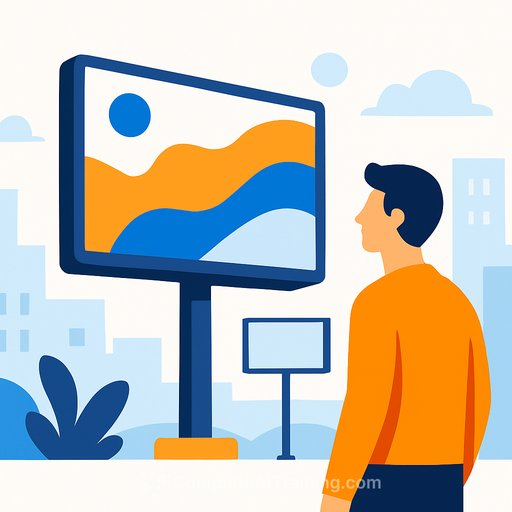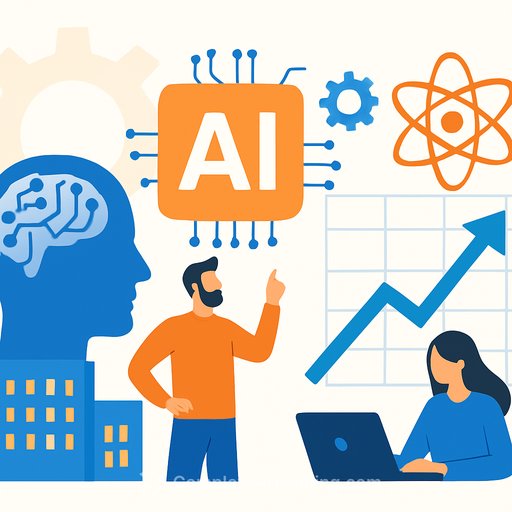AI meets art: Can algorithms rival Picassos and Husains in value and vision?
AI art has moved from novelty to line item. Christie's sold Edmond de Belamy, an algorithm-generated portrait, for $432,500 in 2018, and major houses have since experimented with generative pieces and digital-first platforms. The question creatives are asking now isn't "can machines make images?" but "what gives those images lasting value?"
The debate cuts to authorship, provenance, and whether a model can carry the weight of lived experience. As more artists fold AI into their process, the line between tool and co-creator gets thinner-and the market is deciding in real time.
Market signals: interest is real, consensus isn't
Since 2022, estimates peg the AI art market near $674 million with projections doubling by mid-decade. Some reports suggest more than a third of fine art auctions now include AI-linked works. Botto-an AI artist guided by a community-has crossed $5 million in sales, with single pieces reaching six figures.
Big houses are testing formats, from dedicated digital storefronts to AI-linked auctions. That signals institutional curiosity, not a final verdict. For deeper context, see the background on Edmond de Belamy and initiatives like Sotheby's Metaverse.
India's stance: provenance first, hype last
Collectors in India lean careful and credibility-first. Some patrons welcome AI work that shows originality and depth, not mere style mimicry. The test is whether a piece reads as of-its-time in the way masters once defined theirs.
Others draw a hard line. For them, decades of practice, struggle, and authorship are inseparable from the object. Buyers pay for the story as much as the surface.
Between those poles is a tool-first view: AI doesn't create in isolation-humans set direction, curate data, refine outputs. If the artist's vision leads and the model follows, authorship stays intact.
Authorship and provenance: who owns the brushstroke?
Creators and curators agree on one thing: intent matters. If a model is used to deceive-a fake masterwork-that's imitation. If it's used inside a clear concept or homage, the context legitimizes the method.
Collectives working with AI argue authorship sits with the human who defines the goal and system. That case is even stronger when artists build or train their own models and datasets, not just prompts.
What this means for working creatives
- Define your thesis: State what the work explores before you touch a model. Clarity beats novelty.
- Make process visible: Document prompts, datasets, model choices, and edits. Turn your method into part of the work.
- Own your stack: When possible, fine-tune or train a model and build a custom dataset. It strengthens authorship and defensibility.
- Be ethical with data: Avoid scraping living artists' styles without consent. Use public-domain and licensed sources.
- Edition and provenance: Fix edition sizes, log hashes, archive source files, prompts, seeds, and model versions. Treat it like negative + contact sheet in photography.
- Price on craft, not compute: Price by concept, process complexity, scarcity, and your track record. Don't inflate just because it's AI.
- Curate context: Pair AI work with sketches, studies, and prints. Show the body of work, not just a single output.
- Educate collectors: Explain your system in plain language. Replace mystery with narrative.
- Play the long game: Build a series, iterate themes, and show progression. Hype cycles fade; archives endure.
What sells (and why)
Concept-led works with clear systems and distinctive datasets travel further than style copies. Immersive data sculptures, participatory projects, and hybrid workflows-where code meets hand-build identity. Artists like Refik Anadol and Mario Klingemann treat algorithms like materials, not magic.
The lesson: your taste and judgment are the differentiator. The model is a studio assistant-useful, tireless, and replaceable.
Will AI replace artists?
Photography didn't erase painting; it changed what painting focused on. The same pattern is likely here. AI expands the canvas of what's possible and speeds some tasks, but it can't substitute for intent, taste, and the years it takes to develop them.
The risk is speed without depth. Guard against that by imposing constraints, leaving visible "human seams," and spending time on selection and editing. Slow looking is still a competitive edge.
Build your AI practice
- Explore vetted tools for image, video, and 3D workflows: Generative art tools.
- Find courses mapped to creative roles: Courses by job.
Bottom line
AI won't make you an artist. It magnifies what you already bring to the table-your questions, your taste, your standards. Lead with those, publish your process, and build provenance with intent. The market will follow the work.
Your membership also unlocks:

